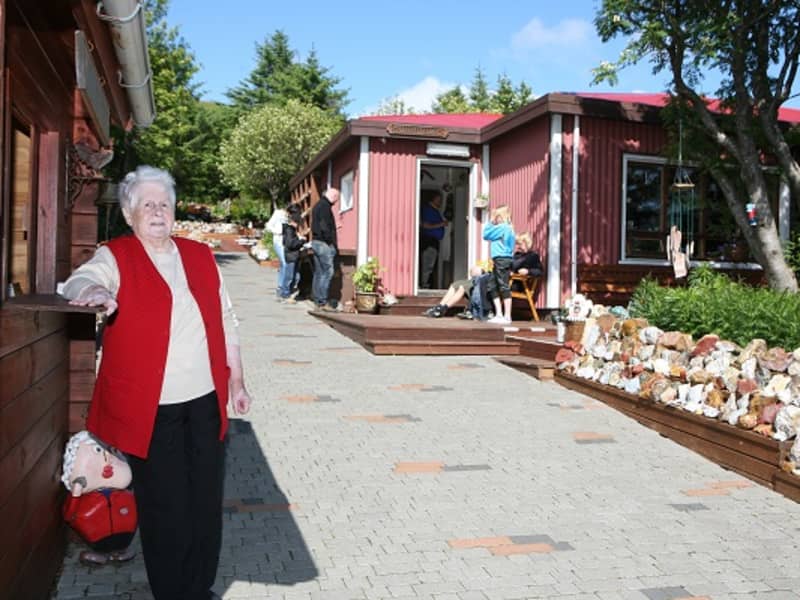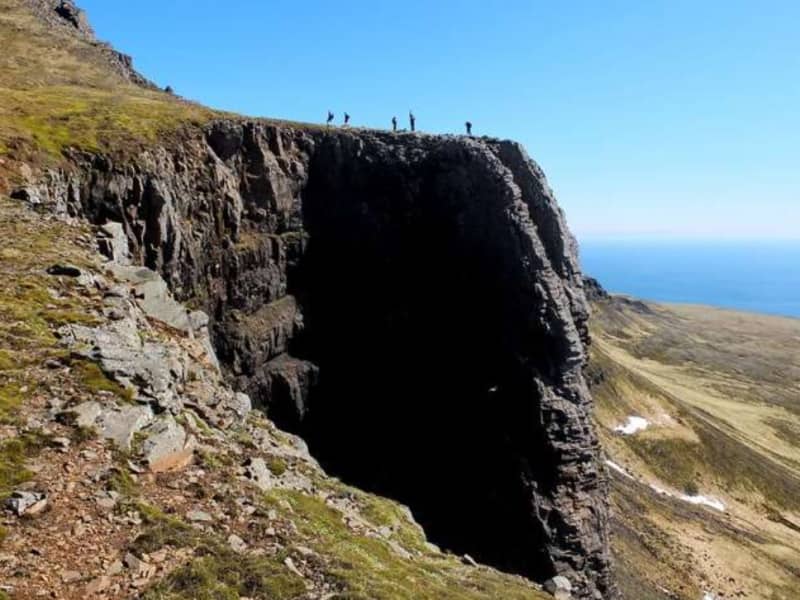Steinasafn Petru
Ljósbjörg Petra María Sveinsdóttir was interested in stones all her life and started to collect them in earnest in 1946.
Most of her stones were found in Stöðvarfjörður and other places in East Iceland because Petra didn´t go much looking for stones in other parts of the country.
In 1974, Petra decided to open her home for all those that wished to look at her stones. Petra´s receives many visitors each year and it has become one of the most popular tourist destinations in East Iceland.
It´s obvious to all those that visit Petra´s, that she was an efficient stone collector but not many people know that she collected more than stones. Petra collected marked pens, cups, and numerous other small paraphernalia and for most of her life, she collected eggs, shells, and conches.
For sure, Petra´s house has slowly acquired the appearance of a nature museum, but first and foremost, it´s a home.
Open from May 1st to October 31st, seven days a week from 09:00 am to 5:00 pm.
Kaffi Sunnó
In the year 2015, an old dream came true when Kaffi Sunnó was opened. The guests can buy delicious soups and bread, hot and cold drinks and something sweet.
Open from May 1st to October 31st, seven days a week from 09:00 am to 5:00 pm.
View


